100+ Spanish House Vocabulary: The Easiest Guide
Original blog post: https://ling-app.com/es/spanish-house-vocabulary/ (with audio🔊)
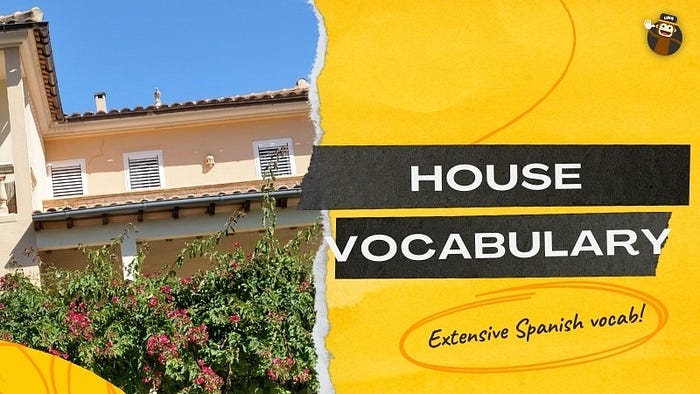
Are you interested in learning Spanish house vocabulary?
There are many rooms, parts of a house, and items you can find regardless of the size of the building. Today’s new vocabulary lesson will help you learn all these essential vocabulary to increase and improve your knowledge of Spanish common words and phrases and prepare you to have conversations with the locals.
But before diving into this long vocabulary list by category, you should learn the most important terms for this lesson, ‘house’ and ‘room’ in Spanish.
How To Say ‘House’ And ‘Room’ In Spanish?
These Spanish terms are different from the English words you are familiar with; however, I will explain the meaning and origin and include some sentence examples so that you can remember them faster.
Note: Don’t forget to listen to the sound to practice your listening and speaking skills.
The word for ‘house’ is ‘casa’ in its singular form. In the plural form, you must add an ‘as’ at the end’ to form ‘Casas.’
Now, this is where it gets a bit tricky. A room in Spanish is ‘Cuarto’ while many rooms are ‘Cuartos.’ But! There are other words that you may often listen to ‘habitación’ (singular) and ‘Habitaciones’ (plural).
Both terms mean ‘room.’ However, you need to know when to use each, as some house rooms may not fall under the description of one or the other.
For instance, a bedroom is a ‘Cuarto’ or ‘Habitación,” but a living room can’t be called a ‘Habitación.’
How would you know the differences? Easy! Use the term ‘Cuarto’ for any house room and ‘habitación’ only for the bedroom. This way, you will avoid confusion!
To clarify, ‘Habitación’ is a habitable room of a house enclosed by walls and a door mainly used to sleep. Example:
- Mi casa tiene 4 habitaciones, 3 baños, cocina, sala y comedor. (My house has four bedrooms, three bathrooms, a kitchen, living room, and dining room.)
As you can see in the example above, I used the word ‘Habitaciones’ to talk about the bedrooms because it is the most appropriate way to refer to this kind of room. According to this sentence, the total number of rooms this house has is 10!
Note: there is another word to refer to the bedrooms, so keep reading to soak up more great house vocabulary in Spanish!
Now, let’s see the origins and meanings.
The etymology of ‘Casa’
This term comes from the Latin word ‘casa,’ which at the time meant a palace to live and protect from the cold or heat, but it was more like a hut made of stakes and branches. In turn, this Latin term comes from a Hebrew word כסה (kisá), meaning weave and cover.
- Mi casa es de color azúl por fuera. (My house is blue on the outside.)
- Mi sueño es vivir en una casa frente al mar. (My dream is to live in a house facing the sea.)
The etymology of ‘Cuartos’
This origin is pretty easy to remember. The word comes from the Latin’ Quartus,’ meaning ‘fourth part’ (Cuatro = Four). People started using the word because a typical living area was formerly divided into four parts, even until this day, so it makes sense to call it ‘Cuatro.’
- El cuarto de baño está siguiendo el pasillo a la derecha. (The bathroom is down the hall to the right.)
What Are The Rooms Of A House In Spanish?
Now that you know the words for house and room in Spanish, you are all set to begin learning the parts of a home.
There are so many types of houses in the world. Although, they have things in common such as the bathroom, the bedroom, etc. Depending on the country and culture, you will see a variation in how these rooms are constructed or used.
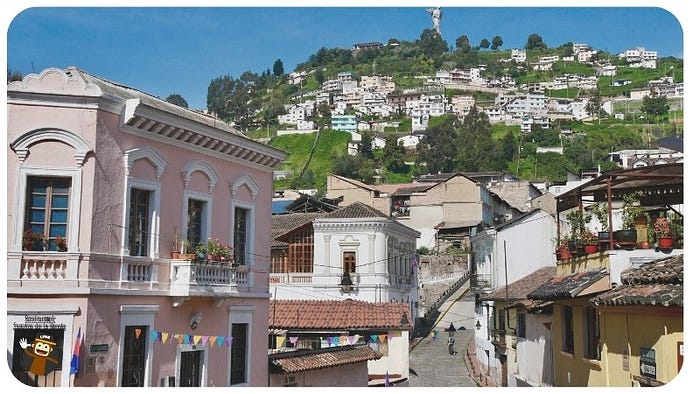
Let’s cover the essentials of rooms and parts of a house:
- La cocina (The kitchen)
- La sala/El living (The living room)
- El cuarto /La habitación/El dormitorio (The bedroom)
- El jardín (The garden)
- El comedor (The dining room)
- El ático (The attic)
- El sótano (The basement)
- El baño (The bathroom)
- El estudio (Studio Office)
- El lavadero/La lavanderia (Utility room)
- El Garaje/Estacionamiento (Garage)
Other Types Of Rooms
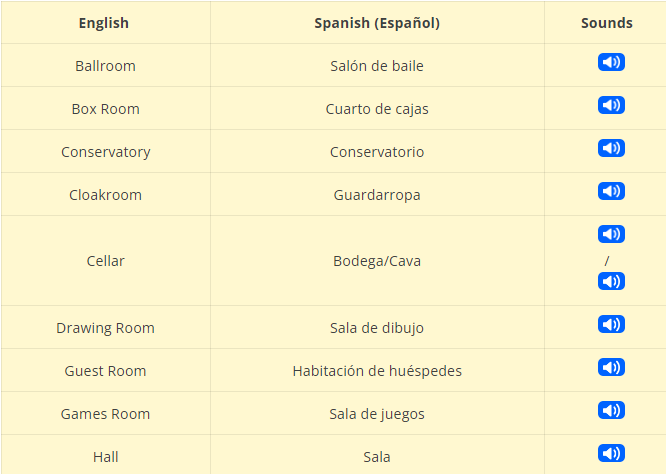

Learn The Names For Each Part Of A House!
Stairs, windows, roof? How do you name those terms in Spanish? Learn it in the following table:
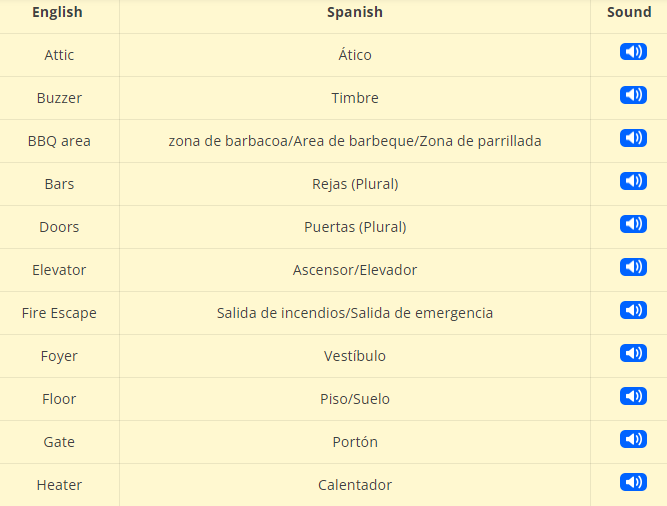
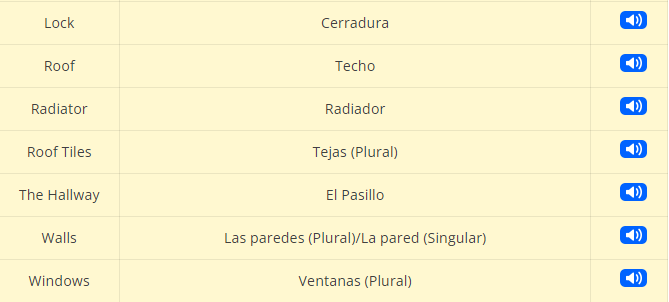
In addition, you should be able to make sentences using the floors. For example, on which hotel floor are you going to stay while in Spain? Perhaps the staff tells you that your room number is 203, which means your room is on the second floor. What if they tell you only in Spanish?
- Primer piso/Planta baja (First floor)
- Segundo piso (Second floor)
- Tercer piso (third floor)
- Cuarto piso (Fourth floor)
- And so on!
If you are having trouble with the numbers, you can take a look at the lesson about numbers in Spanish!
Basic Vocabulary About Items In Each Room!
Habitación/Dormitorio = Bedroom Vocabulary
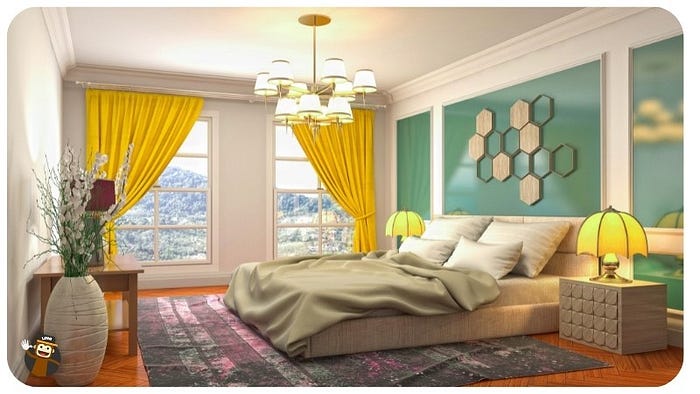
The coziest place in your house is probably your bedroom! Do you agree? In my case, it is. It is the space where I can relax after a long day at work. A bedroom is a private space where a person can feel safe and comfortable. And sometimes we only think about our bedroom and lying on the bed to rest.
Depending on the culture and each person’s preferences, a bedroom will have various items inside.
Are you interested in learning this vocabulary? Practice with this list, and then analyze the Spanish sentence examples below the table.
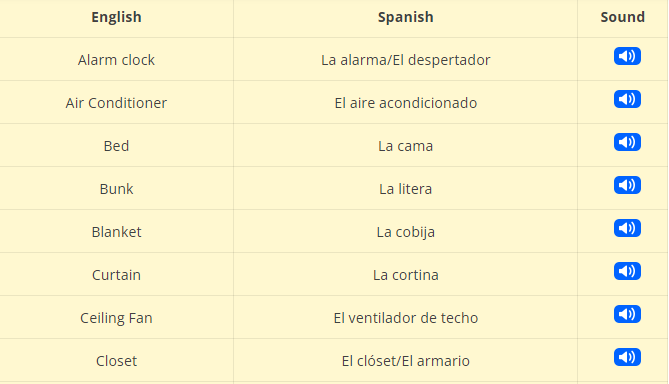
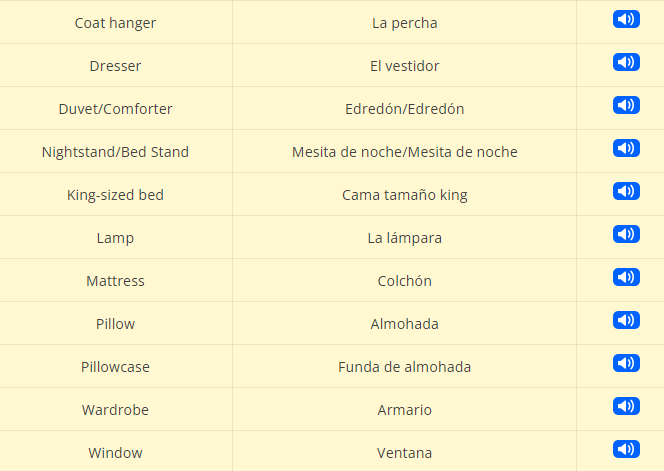
La Cocina: Kitchen Related Spanish Vocabulary
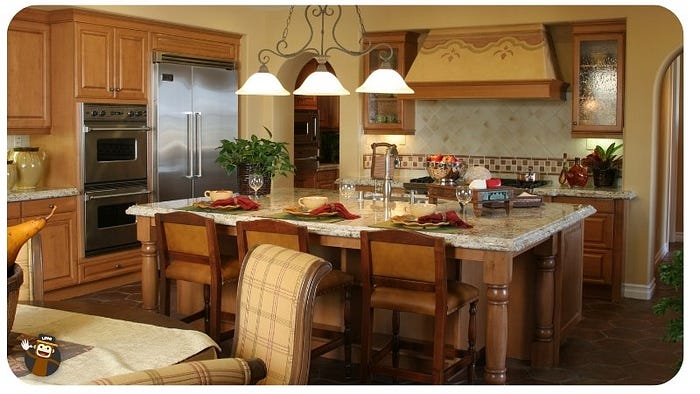
Many people’s favorite part of the house is where Latina moms make their delicious and magical recipes. Haven’t you tried Latin American cuisine? Please put it on your bucket list for your next travel because it is delicious across the whole continent!
I previously wrote an article about the kitchen utensils people use in Hispanic countries to make those exquisite dishes, so let’s go with the essential items today.
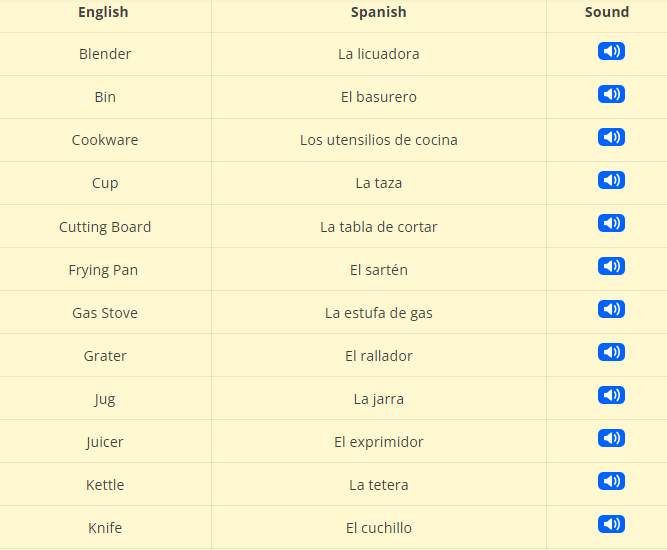
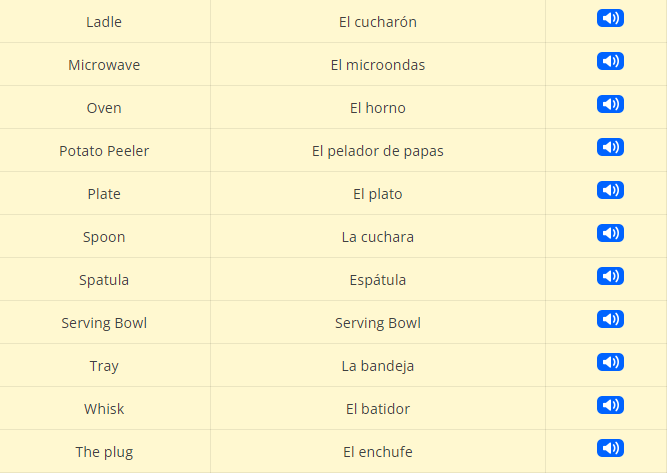
El Comedor: Spanish Items Vocabulary
Most Hispanic houses will have a dining area to have breakfast or lunch in the kitchen and another place for lunch, dinner, and special events called ‘Comedor.’
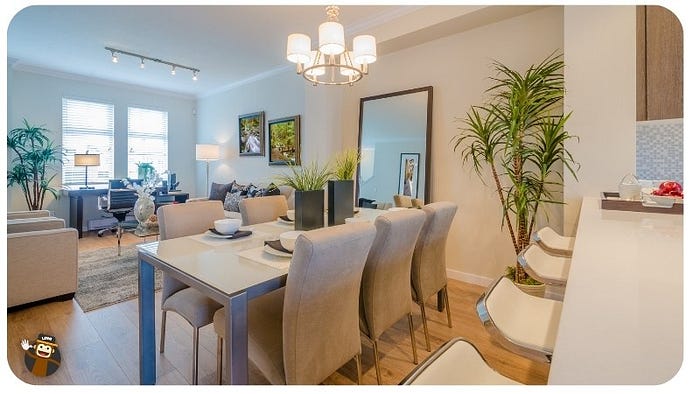
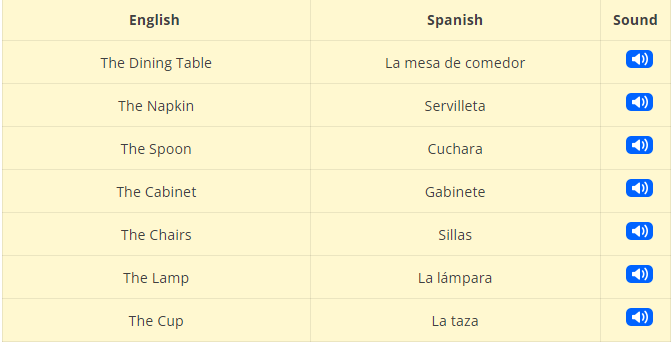
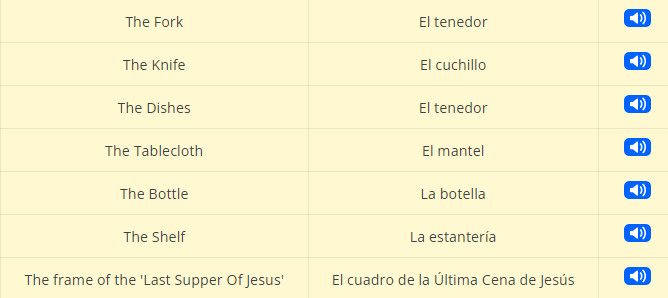
El Cuarto De Baño: What Items Does It Usually Have?
Some houses have only one bathroom. Others have one outside the bedrooms, and some used to have the bathrooms outside, such as the Colonial buildings. You can still find those houses today if you visit historical sites in Latin American countries.
So, what kinds of objects can you find inside a typical bathroom? Let’s learn the Spanish words!
B-H
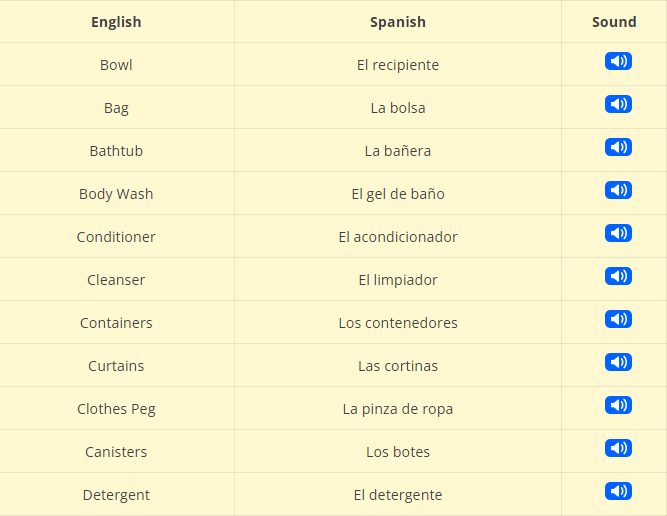
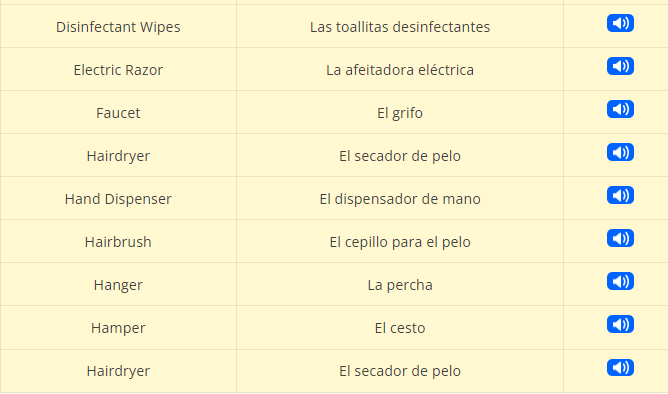
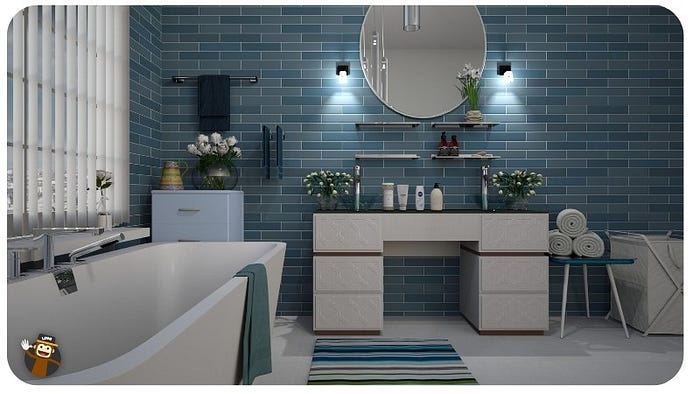
L-P
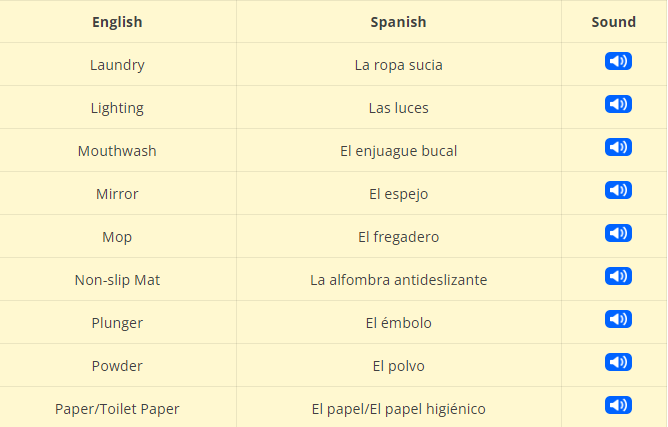
S-W
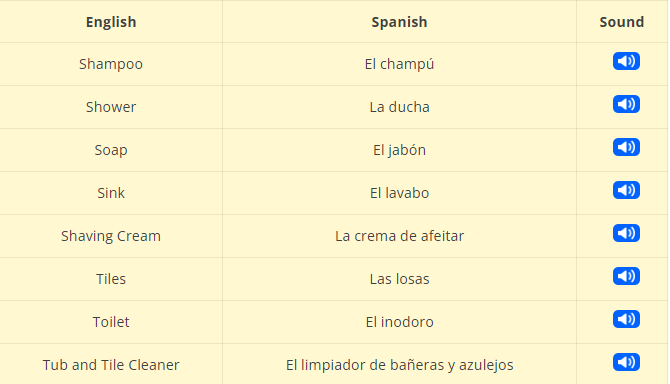
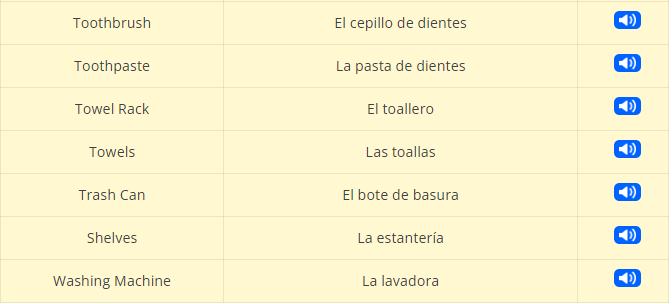
La Sala: Items In The Living Room
The living room, known in Spanish as la ‘Sala de estar,’ or ‘La sala’ is where people receive those visiting. It can be a big room next to the kitchen or a smaller one, usually on the second floor, which is meant for a more casual and private gathering among family members to watch TV.
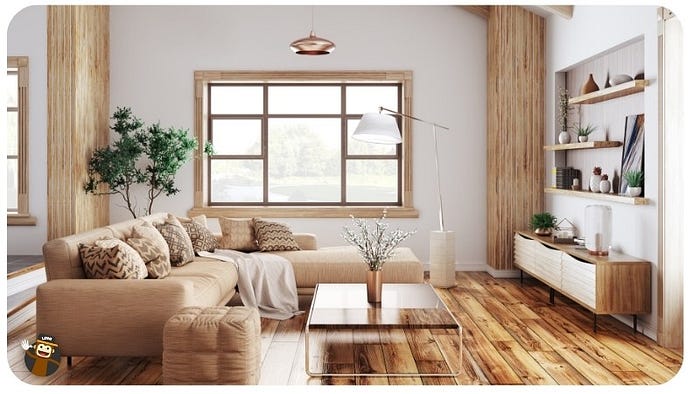
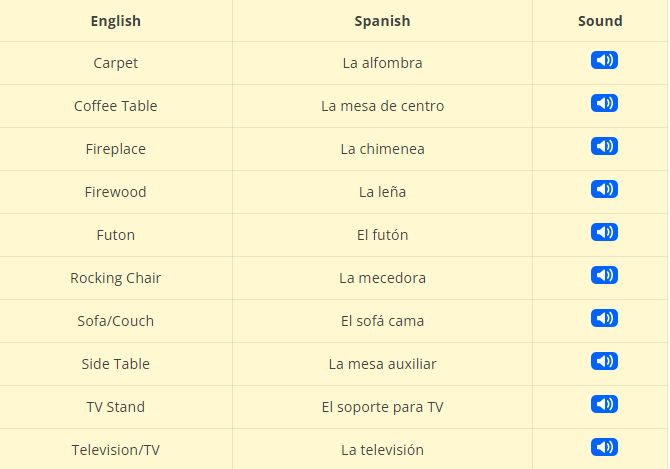
El Estudio: Items In The Office
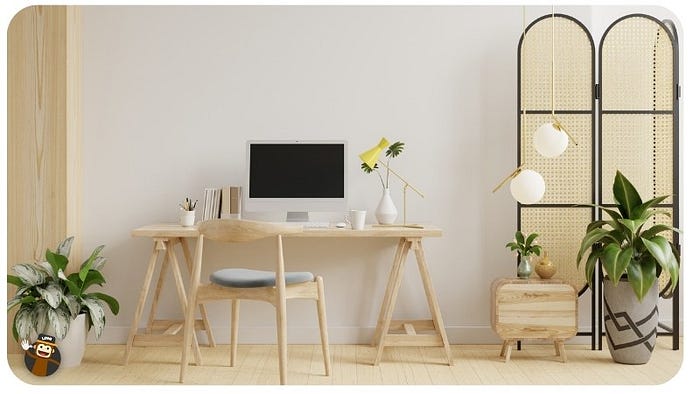
The place of the house where people work, study or do their school homework. It is generally a place where the books are located, a computer, and other materials for these activities. However, some houses merge this room with the game room and add a chess table or table games inside.
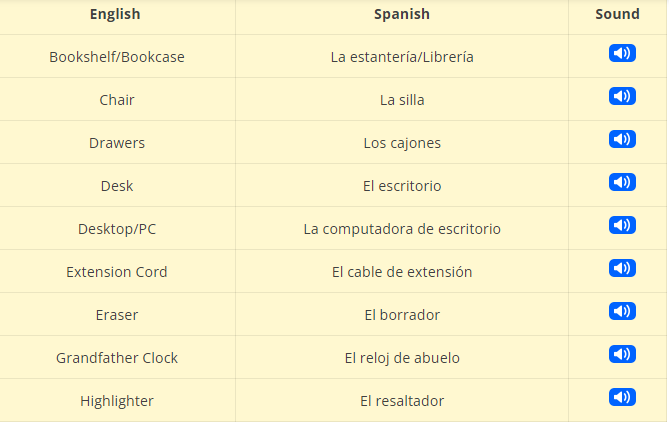
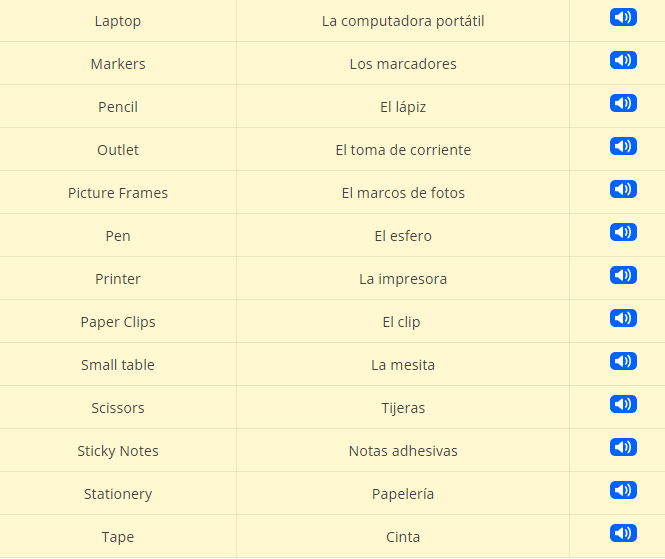
Practice The Rooms In A House Spanish Vocabulary!
With this house vocabulary in Spanish, you can name all rooms in a house, their parts, and some of the most common items you can find inside a typical home. With these words and sentence examples, you can begin practicing as much as possible until you can think in Spanish while seeing rooms or objects in your house.
It may be challenging to grasp all vocabulary in a single moment. But the secret about language learning isn’t memorizing the words but consciously learning with relevant context and spaced repetition. This way, you will retain the information in your brain longer and avoid forgetting words when you need them the most, as might happen if you try to memorize them with no context.
For this reason, the best way for you to practice today’s vocabulary is to engage in conversations with native Spanish speakers or start speaking in Spanish alone.
Don’t stop practicing!
Learn Spanish With Ling!
So what’s next? If you have enough interest in learning the Spanish language but don’t know how to start, my advice now would be to set goals about your desired learning achievements and then motivate yourself to reach them.
It can be challenging to start independently, so we created Ling App. The app is made for anyone who requires approachable and friendly language learning resources.
Using this app will allow you to learn the basics of Spanish to engage in meaningful conversations with the locals and create connections whenever you travel. You need to know the real-life vocabulary for your daily life, and that’s precisely what you will get.

Besides, you can have a fun experience learning with the gamified concept by going through exciting lessons, quizzes, and a chatbot to increase reading comprehension, listening, speaking, and writing skills.
Our Ling mascot will accompany you through the process by giving rewards for your outstanding achievements to keep you motivated!
Would you like to try it out?
Learn Spanish with Ling today! Download the app from App Store and Play Store to begin your journey towards fluency.
And remember that It’s never too late to start studying a new language 🙂
Happy learning!
